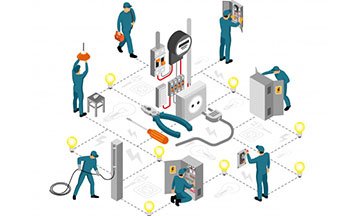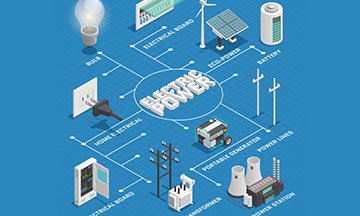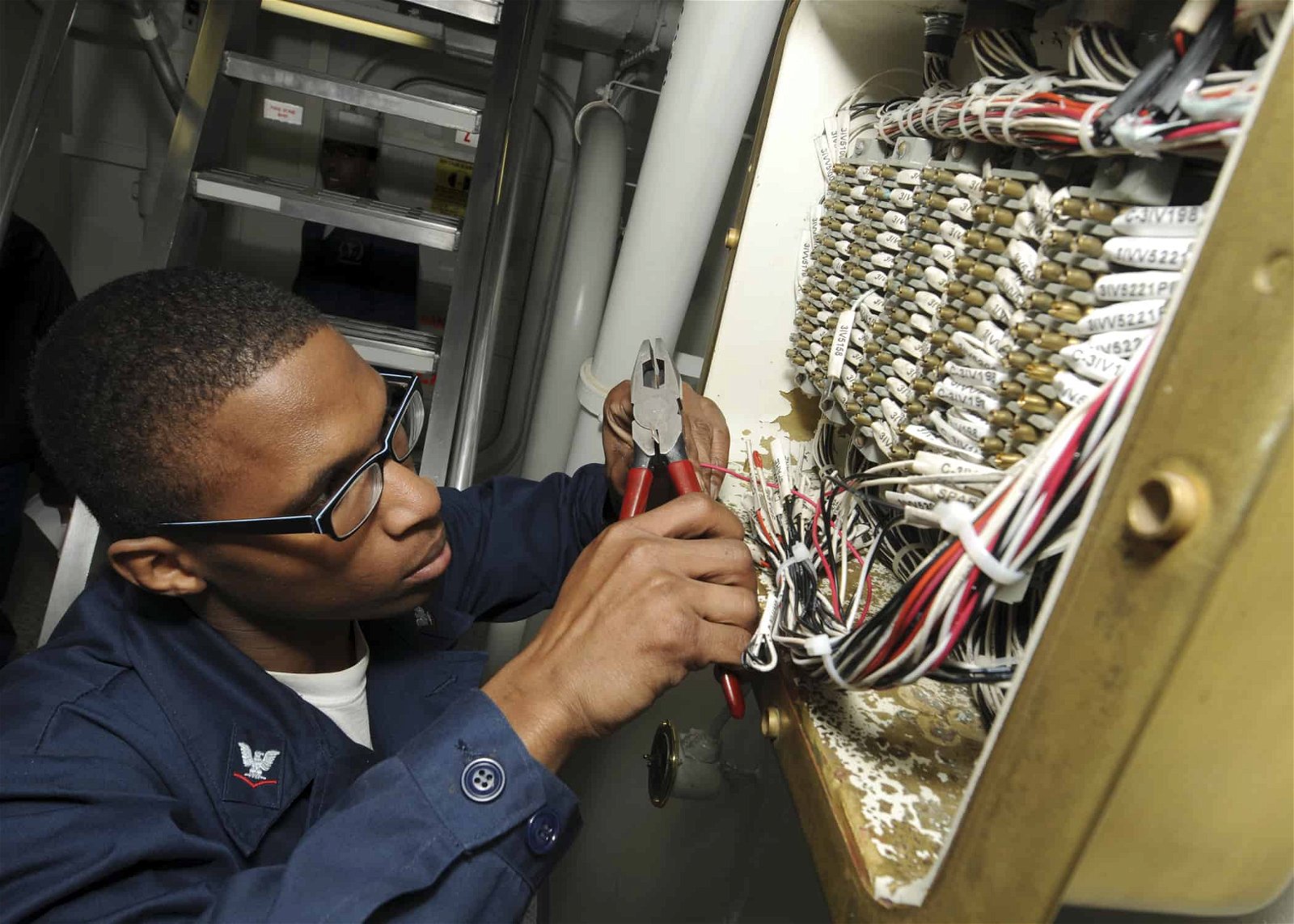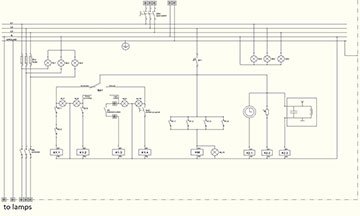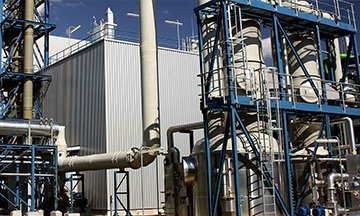Electrical Engineering Training Course
| Date | Format | Duration | Fees | |
|---|---|---|---|---|
| 05 May - 09 May, 2024 | Live Online | 5 Days | $2250 | Register |
| 26 May - 30 May, 2024 | Live Online | 5 Days | $2250 | Register |
| 22 Jul - 24 Jul, 2024 | Live Online | 3 Days | $1750 | Register |
| 12 Aug - 16 Aug, 2024 | Live Online | 5 Days | $2250 | Register |
| 14 Oct - 25 Oct, 2024 | Live Online | 10 Days | $4495 | Register |
| 18 Nov - 22 Nov, 2024 | Live Online | 5 Days | $2250 | Register |
| Date | Venue | Duration | Fees | |
|---|---|---|---|---|
| 12 May - 16 May, 2024 | Doha | 5 Days | $4950 | Register |
| 27 May - 31 May, 2024 | Dubai | 5 Days | $4750 | Register |
| 17 Jun - 21 Jun, 2024 | Dubai | 5 Days | $4750 | Register |
| 10 Jul - 12 Jul, 2024 | Dubai | 3 Days | $3950 | Register |
| 26 Aug - 30 Aug, 2024 | Kigali | 5 Days | $4950 | Register |
| 26 Aug - 30 Aug, 2024 | Dubai | 5 Days | $4750 | Register |
| 16 Sep - 20 Sep, 2024 | Dubai | 5 Days | $4750 | Register |
| 30 Sep - 11 Oct, 2024 | Kuala Lumpur | 10 Days | $9375 | Register |
| 21 Oct - 25 Oct, 2024 | Dubai | 5 Days | $4750 | Register |
| 04 Nov - 08 Nov, 2024 | Singapore | 5 Days | $5695 | Register |
| 18 Nov - 22 Nov, 2024 | Dubai | 5 Days | $4750 | Register |
| 23 Dec - 27 Dec, 2024 | Dubai | 5 Days | $4750 | Register |
Course Overview
Upcoming housing and commercial construction projects clubbed with an ageing engineering workforce, has brought about a high demand for qualified and skilled electricians. It is estimated that by 2030, 80% of all electrical energy will be administered by power electronics.
Professional benefits continue to expand for technical engineers who understand the structural principles and mechanical requirements of modern-day power conversion systems.
This course provides a sound understanding of all key principles and includes core modules in Electrical Principles, Analytical Methods, and Engineering Science.
As a participant, you will be introduced to all phases of the industry including design, installation, estimating, and sales. This program discusses the basic components of electronics, which are ops amps, diodes, and transistors.
Why should you enrol in this “Electrical Engineering Certification Course”? This isn’t your 19th-century power grid anymore. It’s a lucrative field full of possibilities for innovation with the far reaches of tech. Electronic devices are getting more critical to everyday life.
Electric motors are revolutionising the automobile industry, and electronic systems are getting small enough to require a microscope to see. Real-world technological innovation is expanding, and an electrical engineering degree gives you the right skills to get in the field.
A professional certificate can help participants develop aptitude within a specific area or subject, allowing them to complete a specific program of study concentrated on a certain theme.
This Zoe training course will empower you with the basic concepts of electric circuits for controlling and converting electrical power with high efficiency.
The course analyses principles of converter circuit analysis and looks at current developments in finding steady-state voltages, current, and efficiency of power converters.
Course Objectives
Upon completing this Electrical Engineering Certification Course successfully, participants will be able to:
- Be able to decipher the steady-state voltages and currents of step-down, step-up, inverting, and other power converters
- Comprehend what a switched-mode converter is and understand its basic operating principles
- Assess the use of new technology in upcoming electric grid designs
- Evaluate the pros and cons of using untested technology on power systems
- Understand what an electric circuit is and its basic operating principles
- Study and learn how to obtain an averaged equivalent electric model and converter efficiencies
- Work out how to implement the power semiconductor devices in a switching converter
Training Methodology
This is a collaborative Electrical Engineering Certification training program and will comprise the following training methods:
- Lectures
- Seminars & Presentations
- Group Discussions
- Assignments
- Case Studies & Functional Exercises
Similar to all our courses, this program also follows the ‘Do-Review-Learn-Apply’ model.
Organisational Benefits
Companies who nominate their employees to participate in this course can benefit in the following ways:
- Keep your company one step ahead with this all-inclusive overview of electrical engineering systems
- Completing this course successfully will give you more confidence in the handling of electrical engineering systems
- Gain practical knowledge that will give you an edge in your workplace
- Conversation-based sessions let you connect with your instructor and fellow students
- Collaborative sessions let you link with your instructor and peers to learn from real-world examples that can be applied in your individual roles
Personal Benefits
Individuals who participate in this course can gain from it in the following ways:
- Carry out risk assessments for electrical engineering systems
- Be updated with the latest trends and technologies used in electrical engineering systems
- Benefit from a tailor-made academic program for technicians or equivalent workforce involved in the electrical engineering sector
- Get yourself trained, assessed and certified by experts in the domain
- Identify, act on and report electrical engineering issues
- Perform the test activities and site procedures related to electrical engineering systems
- Detect and utilise the appropriate PPE tools and methods when carrying out electrical engineering systems procedures
- Enhance your skills and get yourself trained for further qualifications in this field
Who Should Attend?
This Electrical Engineering Certification Course would be suitable for:
- Beginners in the power industry who have just started working with electrical engineering systems
- Technicians or technical engineers involved in electronics design, manufacture, electrical maintenance, testing or fault-finding
- Apprentice Electrician
- Journeyman Electrician
- Master Electrician
- Lead Person
- Area Supervisor
- Project Supervisor
- Project Estimator
Course Outline
MODULE 1: INTRODUCTION
- Electrical and Electronic Principles
- Engineering Design
- Engineering Maths
- Engineering Science
- Managing a Professional Engineering Project (TUOLE)
MODULE 2: REVIEW OF ELECTRONICS
- Review of Circuit Elements
- Review of Kirchhoff’s Laws
- Review of Impedance
- Review of Transfer Functions
- Review of Frequency Response Plots
MODULE 3: STEADY-STATE CONVERTER ANALYSIS
- Volt-Sec Balance and the Small Ripple Approximation
- Boost Converter Example
MODULE 4: JOB ROLES
- What Do Electrical Engineers Do?
- Circuitry and Power Generation
- Plan, Design, and Implement Projects
- 21st-Century Computing Technology and Electrical Devices
- Biomedical Engineering
MODULE 5: STEADY-STATE EQUIVALENT CIRCUIT MODELLING, LOSSES, AND EFFICIENCY
- The DC Transformer Model
- Supplement: Review of Circuits with Ideal Transformers
- Inductor Copper Loss
- Construction of Equivalent Circuit Model
- Directions to Acquire the Input Port of the Model
- Example: Semiconductor Conduction Losses in Boost Converter
MODULE 6: INTRODUCTION TO OP AMPS
- Introduction to Op Amps and Ideal Behaviour
- Buffer Circuits
- Basic Op Amp Configurations
- Differentiators and Integrators
- Active Filters
MODULE 7: DETAILED INSIGHT INTO OP AMPS
- First-Order Lowpass Filters
- First-Order Highpass Filters
- Cascaded First-Order Filter
- Second-Order Transfer Functions
- Second-Order Filter Circuits
- Lowpass Filter Design Example
- Active Filtering
- Extra: Cascaded Filters Transfer Function
- Extra: Derivation of Sallen-Key LPF Transfer Function
MODULE 8: INTRODUCTION TO DIODES
- Introduction to PN Junctions
- Models of Diode Behaviour
- Ideal Diodes
- Assumed States Method
- Ideal Diode + Voltage Source Model
MODULE 9: DETAILED INSIGHT INTO DIODES
- Half-Wave Rectifiers
- Full Wave Rectifiers
- Voltage Transfer Characteristics
- AC to DC Conversion
- Limiters
- Voltage Regulators
- Envelope Detector
MODULE 10: MOSFET
- Introduction and MOSFET Physics
- MOSFET Switches
- CMOS Logic Gates
- MOSFET Characteristics
- Common Source Amplifier DC Analysis
- Common Source Amplifier AC Analysis
MODULE 11: BIPOLAR JUNCTION TRANSISTORS
- Bipolar Junction Transistor Introduction
- BJT Terminal Characteristics
- BJT Parameters
- BJT Curve Tracer
- BJT Switch
- BJT Common Emitter Amplifier
- BJT Common Emitter Amplifier AC Behaviour
MODULE 12: OTHER TOPICS
- Electrical Machines
- Microprocessor Systems
- Programmable Logic Controllers
